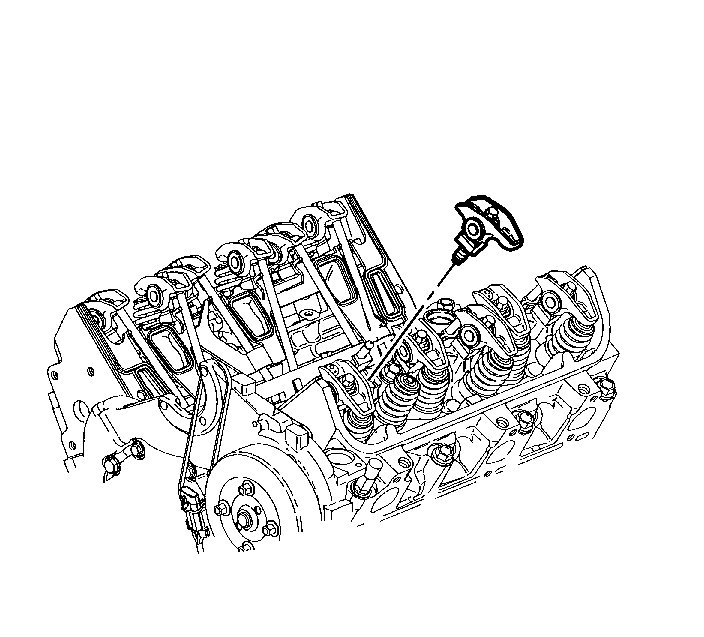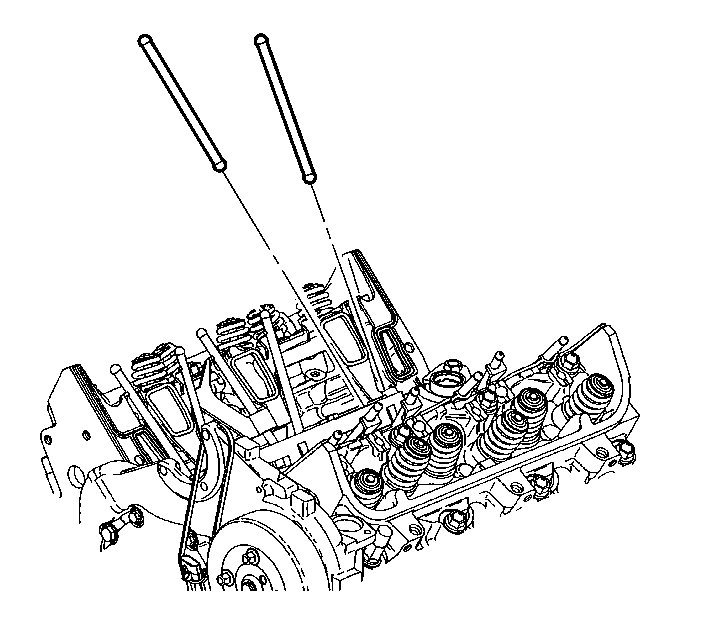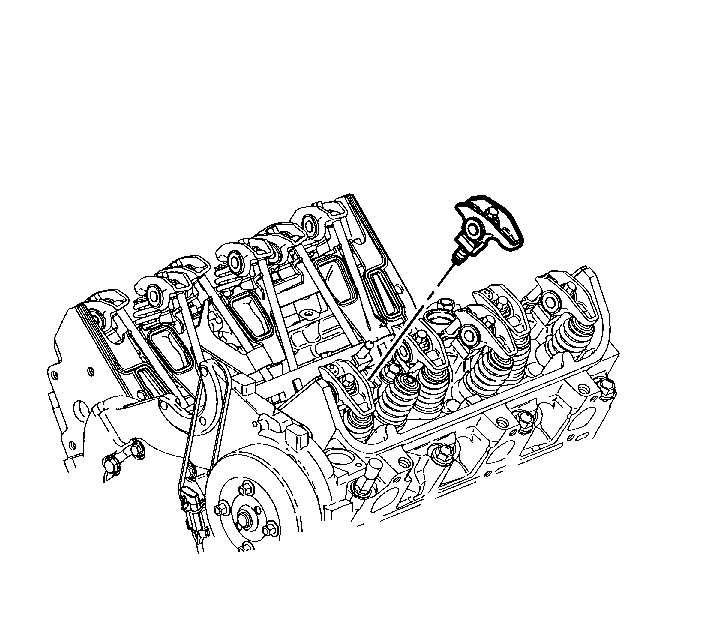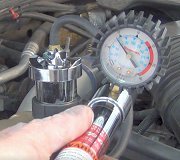Welcome back:
Honestly, if you tightened the rocker arms, I don't see how that would cause this. I'm going to add the directions for rocker arm and push rod replacement. All the pics correlate to the directions and the torque specs are included.
____________________________
Valve Rocker Arm and Push Rod Replacement
Removal Procedure
1. Remove the valve rocker arm cover(s). Refer to Valve Rocker Arm Cover Replacement - Left Side (See: Valve Cover > Removal and Replacement > Valve Rocker Arm Cover Replacement - Left Side) and/or Valve Rocker Arm Cover Replacement - Right Side (See: Valve Cover > Removal and Replacement > Valve Rocker Arm Cover Replacement - Right Side).
Picture 1
2. Remove the rocker arm bolt(s).
3. Remove the valve rocker arm(s) and the pushrod(s).
Installation Procedure
picture 2
1. Coat the ends of the push rods using prelube GM P/N 1052367 (Canadian P/N 992869) or the equivalent.
Note: The intake valve push rods measure 146.0 mm (5.75 in) in length. The exhaust valve push rods measure 152.5 mm (6.0 in) in length.
2. Install the push rods in their original location.
Picture 3
3. Coat the rocker arm friction surfaces using prelube GM P/N 1052367 (Canadian P/N 992869) or the equivalent.
Note: Shims may be required under the valve rocker arm pedestals if reconditioning has been performed on the cylinder head or its components.
4. Install the valve rocker arms in their original positions.
Caution: Refer to Fastener Caution (See: Vehicle > Vehicle Damage Warnings > Fastener Caution).
5. Install the valve rocker arm bolts and tighten to 32 Nm (24 lb ft).
6. Install the valve rocker arm cover(s). Refer to Valve Rocker Arm Cover Replacement - Left Side (See: Valve Cover > Removal and Replacement > Valve Rocker Arm Cover Replacement - Left Side) and/or Valve Rocker Arm Cover Replacement - Right Side (See: Valve Cover > Removal and Replacement > Valve Rocker Arm Cover Replacement - Right Side).
__________________________________________________________
Did you check to confirm there are no restrictions on all hoses, specifically the upper and lower radiator hose? And am I correct in thinking it runs normally other than the overheating only at idle?
Let me know,
Joe
Images (Click to make bigger)
Wednesday, May 22nd, 2019 AT 7:08 PM





